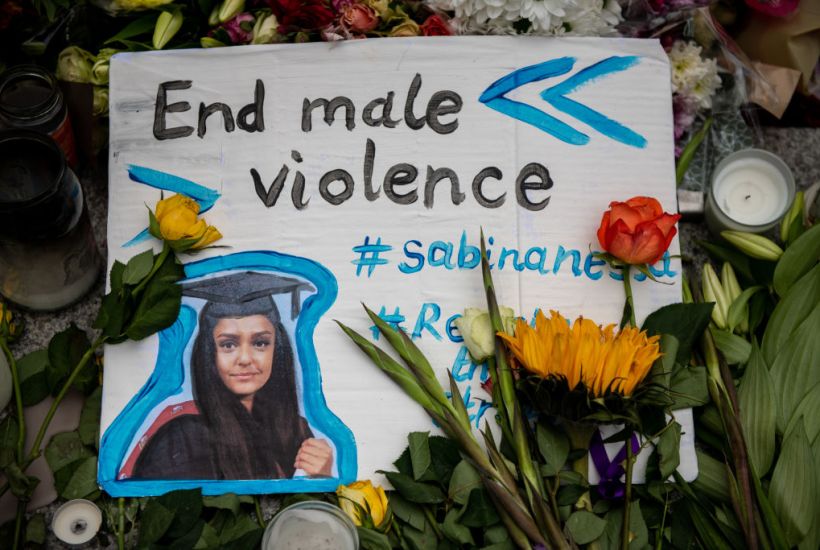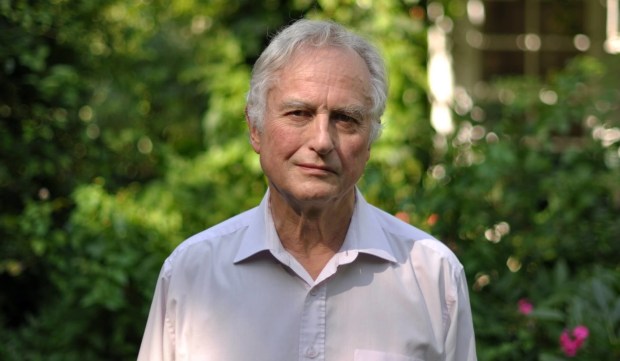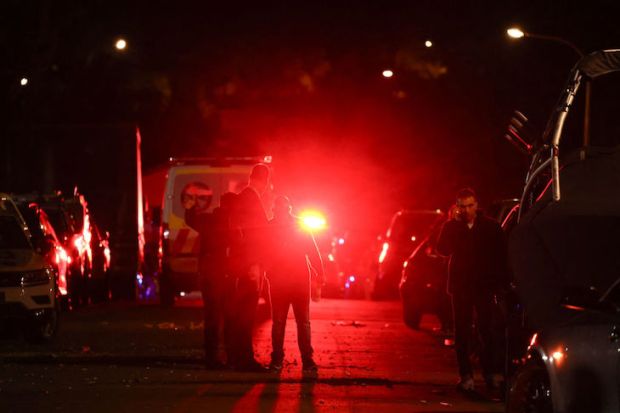The brutal murder of primary school teacher Sabina Nessa in Kidbrooke, South London this month has prompted more anger about female safety on British streets.
It’s reminiscent of the aftermath of the horrible case of Sarah Everard, another instance of a killer targeting a female victim – seemingly out of the blue – in a public space assumed to be safe. Such incidents understandably heighten fears among women of predatory attacks by men, and lead to calls for greater protection – more police patrols or rape alarms, for instance. Campaigners have praised men for crossing over to the other side of the road rather than walking behind women in order to help them feel safe: ‘it’s small actions like that that make a huge difference,’ said one.
But are women right to be on such high alert about the threat posed to them by strangers? Commendable though much of the reaction is, I can’t help wondering if it isn’t also a distraction. Are the streets really where the great risk lies for women? Or is it closer to home?
Colin Sutton, former head of the Met Police murder squad has said that ‘the most dangerous place for a woman to be, where they are most at risk of being assaulted or murdered, is in their own home.’ Indeed, killings perpetrated by strangers previously unknown to the victim account for 11 per cent of femicide cases over the last five years.
Sabina Nessa deserves justice – as does every other victim of violent crime. But there’s a danger that, in an effort to placate the public’s shock at murders like her’s, vital police resources are devoted to an area of crime where the risks to women are minimal.
In fact, it is men, not women, who are more likely to be victims of a violent crime when walking Britain’s streets. Four in five people killed in London in 2019 were men.
Sabina Nessa won’t be the last woman to be killed out of the blue on the street. But it would be a mistake to sensationalise her case in such a way that it warps our sense of reality when it comes to violent crime.
No woman wants to live and work in an unnecessary climate of fear, especially when that fear has been drummed up from a false perception of the risks.
Britain remains a largely safe country where women are free to live, travel and work as they please without any serious threat. According to the UN, 40 per cent of global female homicides in 2017 occurred in Asia, 39 per cent happened in Africa, 16 per cent were attributed to the Americas and Europe accounted for just six per cent.
This is not to trivialise the gravity of violence against women – every violent death is terrible. But it is helpful to put the issue into perspective and to reassure British women that they can go about their daily lives in the knowledge that attacks like the horrific murder of Sabrina Nessa are the exception rather than the rule.
Got something to add? Join the discussion and comment below.
Get 10 issues for just $10
Subscribe to The Spectator Australia today for the next 10 magazine issues, plus full online access, for just $10.



















Comments
Don't miss out
Join the conversation with other Spectator Australia readers. Subscribe to leave a comment.
SUBSCRIBEAlready a subscriber? Log in